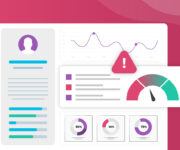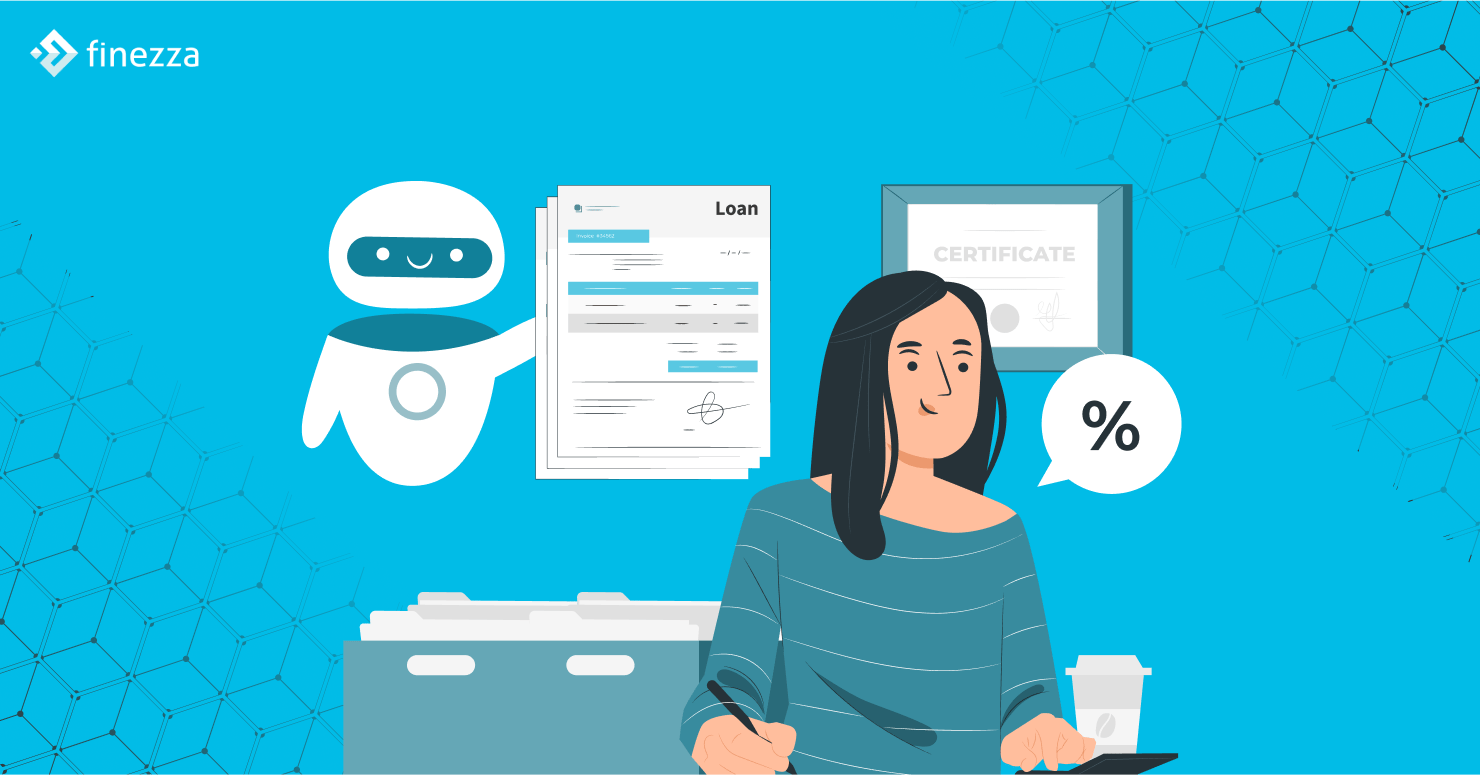In 2022, around 160 million people in India were credit-underserved. One reason for this is the overreliance on traditional scoring models, which typically consider parameters such as payment history, debt-to-income ratio, and length of credit.
However, traditional credit scoring models do not account for an individual’s lack of credit history or other important parameters, including utility payment and cash flow patterns, employment history, and social lending behaviour.
The current regulatory landscape, coupled with the emergence of new technologies, has compelled lenders to reassess their business strategy and approach to lines of credit. As a result, behavioural scoring has emerged as a smart alternative to line of credit risk management, harnessing the power of alternative data, including digital activities and other socio-economic indicators.
This article examines how behavioural scoring can improve line of credit risk management and increase financial inclusion.
What is Behavioural Scoring in Line of Credit Assessment?
Behavioural scoring is an assessment technique that allows lenders to evaluate an individual’s creditworthiness by assessing non-conventional metrics, including social interactions, digital activity, and everyday activities along with historical financial data.
This way, lenders get a comprehensive view of a borrower’s financial discipline, allowing them to make accurate line of credit assessments and data-driven lending decisions.
Line of Credit: 4 Types of Data Analysed for Behavioural Scoring
Let’s examine some of the key metrics lenders analyse to determine a borrower’s creditworthiness for a line of credit and make informed decisions.
Borrower’s Spending Habits
Lenders can estimate an individual’s monthly or weekly expenses by analysing their spending habits. This includes the amount spent on groceries, household items, clothing, and more.
This data can be used to detect anomalies such as sudden high-volume purchases and money transfers, which are potential red flags when determining an individual’s financial situation.
Timing of Getting in Touch With Lenders
Although lenders offer their services around the clock, borrowers typically make financial decisions during the day.
Therefore, understanding the time of the day a borrower contacts the lender can be a potential area of interest for lenders during their line of credit risk management.
Credit Utilisation
Credit utilisation refers to how an individual manages their existing line of credit. Some key data points include credit card usage activity and utilisation rates.
This data enables lenders to assess whether a borrower can manage credit effectively or is overly reliant on it. Typically, the higher the utilisation rate, the higher the financial stress.
Digital Activity Analysis
Digital or online activity analysis involves a comprehensive examination of a borrower’s digital footprint, encompassing browsing history, total number of website visits, and engagement with various e-commerce or other digital products.
This information enables them to narrow down a borrower’s preferences and gain a fair understanding of their financial situation.
4 Advantages of Behavioural Scoring
Now, let’s explore the benefits of behavioural scoring and why it is becoming integral to line of credit risk management.
Better Risk Prediction
One of the most notable advantages of behavioural scoring is its ability to predict risks and determine an individual’s creditworthiness by leveraging real-time consumer data such as repayment patterns and spending habits.
This information enables lenders to make informed decisions and identify high-risk borrowers at an early stage in the credit risk assessment process, thereby reducing financial losses and defaults.
Financial Inclusion
The total number of bank account owners in India has increased from 53% in 2014 to approximately 80% in 2025, driven by several factors, including government schemes, improved financial literacy, and significant advancements in digital infrastructure.
Despite this progress, financial inclusion still faces several barriers, including a credit assessment that only considers a limited number of conventional data points.
Behavioural scoring tackles this problem by extending credit to underserved or underbanked individuals. It relies on quantifiable data instead of subjective evaluations, ensuring fairness and objectivity in lending decisions.
Tailored Financial Products
With data at the heart of decision-making and customer satisfaction, lenders can now offer borrowers better end-to-end experiences by tailoring products that align with their requirements.
Precious user data also allows lenders to bifurcate borrowers based on behaviour, including diligent borrowers vs borrowers with a longer repayment history, and thereby offer tailored products and repayment terms.
Additionally, lenders can also craft unique collection strategies for every borrower, enhancing customer retention and satisfaction.
Fraud Detection
Although technological advancements have played an important role in transforming India’s financial landscape, it has also opened up new avenues for borrowers to hide suspicious activities.
However, behavioural scoring or analytical solutions closely monitor the behaviour patterns of borrowers to identify red flags and sudden changes in spending patterns, transaction activities, and more.
Behavioural scoring for credit risk management allows lenders to prevent fraud and other financial wrongdoings, mitigating financial risks and reputational damage.
Parting Notes
Traditional scoring models will remain relevant despite the insurgence of technology and new-age solutions to navigate the line of credit risk management, including behavioural scoring.
However, behavioural scoring, which primarily leverages alternative data points and has emerged as an effective line of credit risk assessment technique to improve financial inclusion and prevent fraud.
The combination of traditional and modern scoring techniques is tipped to help lenders make informed decisions and provide top-notch customer experiences.
Finezza’s modern lending lifecycle management platform has helped lenders make informed and data-driven decisions by optimising their credit assessment and lending processes. The advanced solution, driven by data, helps lenders minimise false negatives and provide a seamless end-to-end borrowing experience.
Contact us today to learn more about Finezza’s lending management solution.




Leave a Reply